An ovulation test is an important tool for women who want to get pregnant by predicting when their body will release eggs during their cycle. If you’ve been trying to get pregnant and have used pregnancy tests, then you may be wondering can an ovulation test be used as a pregnancy test.
Ovulation tests are not the same as pregnancy tests. The two types of tests work differently and can’t be used interchangeably. Ovulation test strips measure luteinizing hormone (LH) in urine, which is released by the pituitary gland to stimulate ovaries to release an egg into the fallopian tube for fertilization.
On average, LH levels rise 24 hours before ovulation occurs. A woman may also use a basal body temperature thermometer or an ovulation predictor kit if she wants confirmation that her period will arrive soon after ovulating. With these methods, women can pinpoint when they’re most fertile and time sexual intercourse accordingly so they’ll get pregnant more easily!
In This Article
What is an Ovulation Test?
An ovulation test is a home-use medical device designed to detect the presence and release of an egg from your ovaries.
An ovulation test also called an ovulation predictor kits (OPK) is a home test that tells you when you’re most likely to be fertile. When you get ready to ovulate, your body produces more luteinizing hormone (LH). These tests measure this hormone in urine samples from s special strip on the inside of the packaging.
Women detect a surge in LH when they’re about to ovulate. By timing intercourse accordingly, you can increase your chances of becoming pregnant.
Several factors can affect how sensitive an ovulation test is, including your cycle day, which part of your vaginal lining holds the most fleshy tissue, and medication you may be taking. A standard rule for testing sensitivity would be completing 7 days worth of tests before giving up on them taking. If all three tests that you take show an active release (a peak higher than zero), then it’s likely that you’re about to go into menstruation or have just gone through menopause.
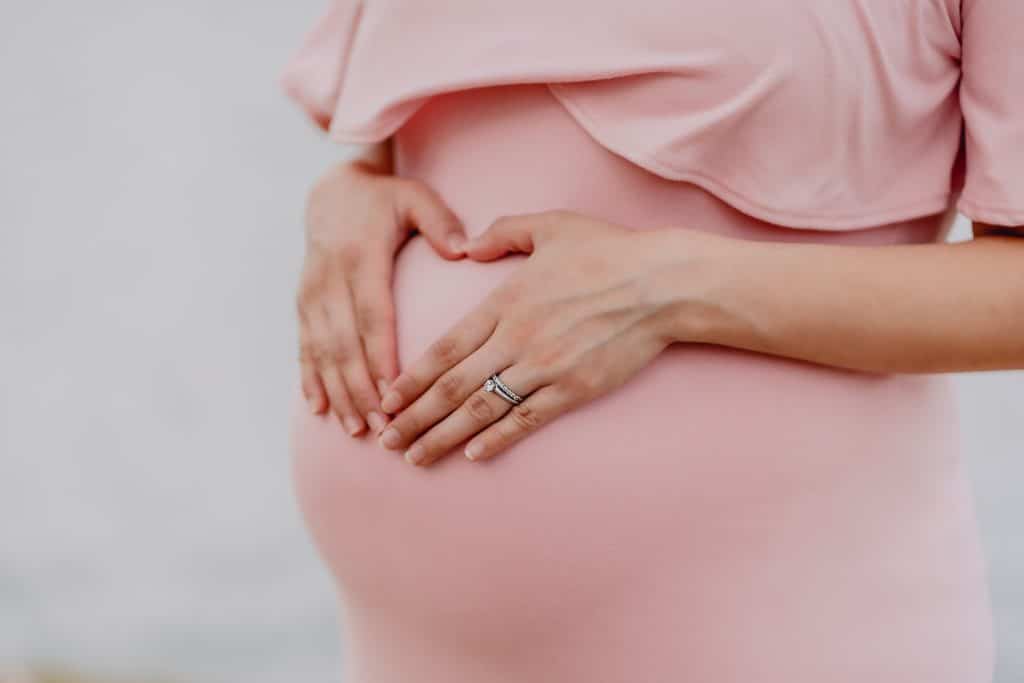
How do Ovulation Tests Work?
Ovulation tests work by detecting a pregnancy hormone called luteinizing hormone (LH). This is the same pregnancy hormone that pregnancy test kits measure, but it’s released at different times in your cycle. Ovulation tests are designed to detect the presence of this pregnancy hormone and show that you’re ovulating.
A normal pregnancy test kit detects whether or not there’s a pregnancy hormone in your urine, which is either high (positive) or low (negative). Ovulation predictor kits also measure luteinizing hormones but instead of being positive for pregnancy, they just measure the pregnancy hormone being released.
Some people confuse pregnancy and ovulation tests because both involve urinating on something, but they’re not interchangeable! Ovulation tests measure LH, pregnancy tests measure human chorionic gonadotropin (hCG), which is a hormone that’s made during pregnancy.
How does an ovulation predictor kit work?
Ovulation predictor kits work by measuring how much luteinizing hormone is in your body. The pregnancy hormone (LH) peaks 24 hours before ovulation and levels start to decrease after ovulating, which gives you an idea of when you’re going into menstruation or menopause.
The test works a little differently than pregnancy tests because it measures LH levels in the body, not just pregnancy hormone.
A pregnancy test will say “sensitivities” on the packaging and typically read as a simple yes or no answer to your question of whether you’re pregnant or not. Ovulation predictor kits measure how sensitive they are by testing for 24 hours worth of LH levels.
It takes three LH peaks to be considered as sensitive and needing a replacement ovulation test kit.
How do Pregnancy Tests Work?
Pregnancy tests are designed to detect pregnancy hormones (hCG) in the body, which is either high or low depending on whether you’re pregnant or not. Pregnancy kits measure pregnancy hormone levels in the body, but pregnancy tests measure human chorionic gonadotropin (hCG) which is a pregnancy hormone that’s made during pregnancy.
The test works by detecting whether or not there are any pregnancy hormones in your urine and read as either high or low depending on if you’re pregnant or not.
Pregnancy tests are designed to detect pregnancy hormones (hCG) in the body, which is either high or low depending on whether you’re pregnant or not.
Pregnancy kits measure pregnancy hormone levels in the body, but pregnancy tests measure human chorionic gonadotropin (hCG) which is a pregnancy hormone that’s made during pregnancy.
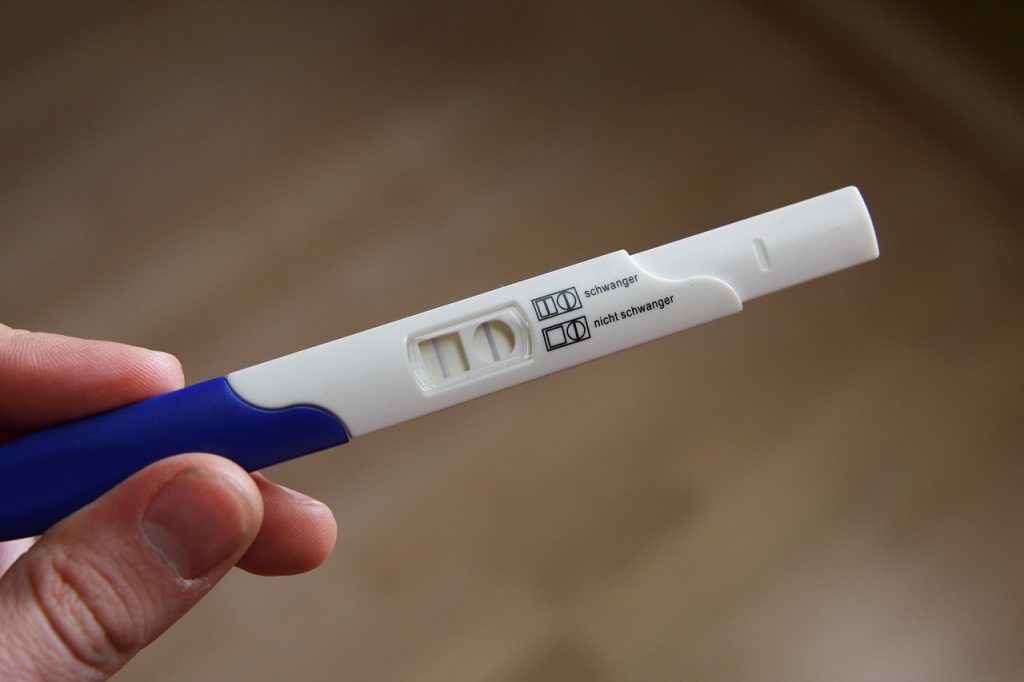
When should you take an ovulation test?
The best time for ovulation test is in the morning, after going without food or drink from the night before so there will be less interference with the hormones.
It’s recommended to take it first thing in the morning before you’ve eaten or drank anything cause your body temperature could be falsely elevated by that. You might also notice that it’d need a lot of liquid to get an accurate reading. So not only does dehydration skew the results, but some foods can too, like those high in sodium. And speaking of salt, soy sauce and seaweed are two substances which probably won’t affect your test result either if you’re just getting it done for curiosity sake (hemorrhoid sufferers might want to think twice).
Sperm can live for over 3 days in fertile cervical fluid so if sex happens every 48 hours, most women will not ovulate. It is recommended to use an ovulation test after sex or when release of the egg might be expected. For cycle lengths between 24 and 35 days, typically day 12 or 13 would be a good date to do that (the date varies depending on the length of your cycle). If you are having a hard time conceiving it likely means you have either irregular cycles, too many long lasting hormonal contraceptives made from synthetic hormones, or too much insulin resistance among other factors.
How accurate are ovulation tests?
Ovulation tests can be 99% accurate when used correctly.
There is a test that can detect ovulation if you use the stick, or measure your urine and place it with the end of the stick in it. Results are available in 5 minutes and will be either negative (not pregnant) or positive (pregnant).
There are two lines on an ovulation test: One is the control line that verifies it’s working properly while the other (test) line will be darker or lighter depending on your ovulation. The results differ depending on luteinizing hormone levels which are high when there is a higher level of LH in your body and this indicates you’re more likely to get pregnant.
When you use an ovulation test, the results differ depending on your LH levels. The test line will be darker when there is a higher level of LH in your body which indicates that are more likely to get pregnant.
When to take ovulation test after period?
Best time for ovulation tests is before you ovulate. You can tell when you’re going to release an egg because it’s in the middle of your menstrual cycle. First day of a period is 1 or 2 days before, and then after that are the next few days.
Predicting ovulation for the average woman is easier because her cycle is 28 days long. In this case, you’ll likely ovulate around day 14 and want to start testing on or after day 10.
If you have a short menstrual cycle, you might not want to wait too long before taking an ovulation test. Waiting until the late-midpoint of your cycle may mean that it’s too late for fertilization.
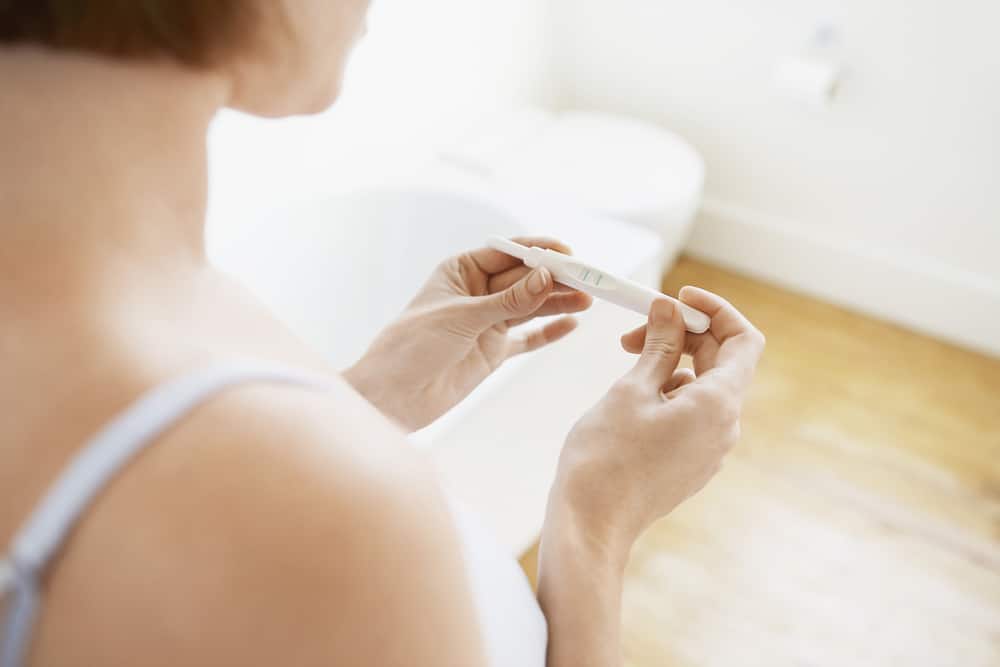
Will ovulation test be positive if pregnant?
Generally, an ovulation test detects your body’s natural hormonal changes as they occur during the menstrual cycle. However, if you are pregnant then your hormone levels are different so it may not be accurate
A common misconception is that an ovulation test can be used as a pregnancy test. Most women experience early or irregular periods and this results in a false positive on their ovulation tests, but you may get lucky with your timing and it’ll work to confirm that you’re pregnant!
Ovulation tests are designed to detect LH, the hormone that triggers ovulation. Because a pregnant woman’s body is producing high levels of hormones, it can interfere with an ovulation test. Even though it may appear positive, this could also be because the woman is pregnant and not about to ovulate.
Which urine is best for ovulation test?
Experts recommend midstream urine, The best time to ovulation tests for a pregnancy is usually the second morning urine, which is between 10 am and noon.
This means you should only collect urine on days of high fertility. Any testing done at other times will likely yield poor results or no result at all (unless there is some concern for lower fertile days). The most common mistake people make with home kits is taking the test to early- too soon after their last menstruation. You want to wait seven to ten days after last bleeding before testing, so that higher hormone levels have had a chance to build up.
Approx. 24-36 hours before you ovulate, your body produces LH hormone in the ovaries which usually LH surges first thing in the morning and makes its way out of urine within 4 hours after that so ideally morning urine is not the optimal time to test.
How many hours after positive ovulation test Are You fertile?
Eggs are only viable for about 24 hours after they’re released (ovulation), and sperm can survive in the female reproductive tract for up to three days. So if you had sex during that time period, a woman could become pregnant.
When the estimated egg release based on your ovulation test falls in-between two dates, you must look at the signs of pregnancy. Ovulation tests and Other early detection methods can eliminate the 36 hours between an estimate from one to another. This will allow mothers to notice a pregnancy by monitoring fertile cervical mucus around 5 days before their anticipated release of eggs from ovaries
According to the 2010 World Health Organization, “it’s difficult to say how many hours after a positive ovulation test a woman is fertile. The egg could only be fertilized for about 24 hours.” What this means is that fertility drops quickly after it has been maximized.
Do ovulation tests help you get pregnant faster?
Ovulation tests can help you identify when ovulation has occurred, but they don’t actually increase your chances of getting pregnant.
It is important to note that an ovulation test strip does not guarantee pregnancy. For one, they don’t work for everyone-in some cases, the body has high LH levels because of other reasons like a recent childbirth or major weight loss. There are also cases where the LH surge doesn’t indicate ovulation.
Ovulation tests are only an assessment of the timing of ovulation, not a guarantee pregnancy will occur. To get pregnant women need to have sex or inseminate with semen as close as possible to when they ovulate. Ovulation tests give you a general idea when to time intercourse for conception about six days beforehand.
If you are unsure if you are ovulating or whether there other factors affecting your fertility, consult a physician to discuss more tests.
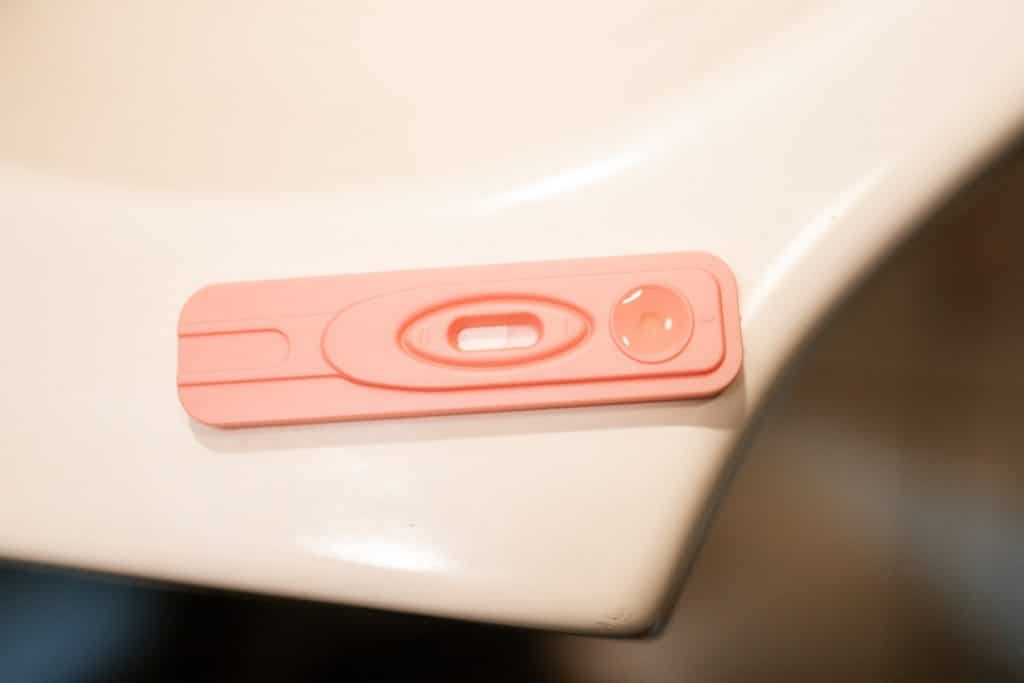
Do ovulation test strips really work?
Ovulation test strips show the days on which you are most fertile, so they can only be an accurate pregnancy test if your menstrual cycle is regular. Otherwise, ovulation tests have an accuracy rate from 99% to 100%.
Ovulation test strips are a unique way to test if you’re ovulating. They measure the consistency of your cervical mucus throughout your cycle, which is typically much thinner at ovulation.
The truth is that they do work, but they might not necessarily be what you are trying to conceive. A better option might be using basal body temperatures or bleeding patterns instead. But I have seen many cases where conception happened thanks to these strips! These are just some tips for when to use them and when not to bother with them all together!
Can ovulation tests detect the pregnancy hormone?
Yes, ovulation tests can detect the pregnancy hormone hCG once it reaches a certain level.
this test strips detect Luteinizing Hormone (LH) which causes changes in the cells lining your uterus and then help the egg to break through these barriers so that sperm can meet it. The LH surge is often detected by an ovulation test 4 days before or after you expect your period.
Ovulation Test Strips measure this rise in luteinizing hormones with early detection test for pregnancy possible up to 36 hours before usual menstrual cycle date post-ovulation day which is when conception most typically takes place between 5-10% of women each month depending on how long their cycles are and how many days
What is the difference between an ovulation test and a pregnancy test?
A pregnancy tests determine if you are pregnant now or have been pregnant ever. An ovulation test determines when you can get pregnant from an egg fertilized in the current cycle.
Ovulation Test: Ovulation tests are diagnostics that will tell whether ovulation has occurred within the past few days. The tests work by detecting LH, a hormone secreted in women after ovulation. Ovulation test strips are designed to tell you when the best time for conception will be while measuring luteinizing hormone (LH). A pregnancy tests detect hCG levels, which are high if pregnant and low if not.
A pregnancy test is a medical test that determines whether a person is pregnant.
It’s one of the ways we know which days are fertile and when somebody may be expecting. Pregnancy tests can detect pregnancy by measuring human chorionic gonadotropin (hCG) levels in someone’s blood, urine or saliva, usually with an optical immunoassay or lateral flow assay.
Pregnancy tests work best when taken at the end of your menstrual cycle – about 5-8 days after implantation – so it could take up to three weeks before you have any results showing up on the stick.
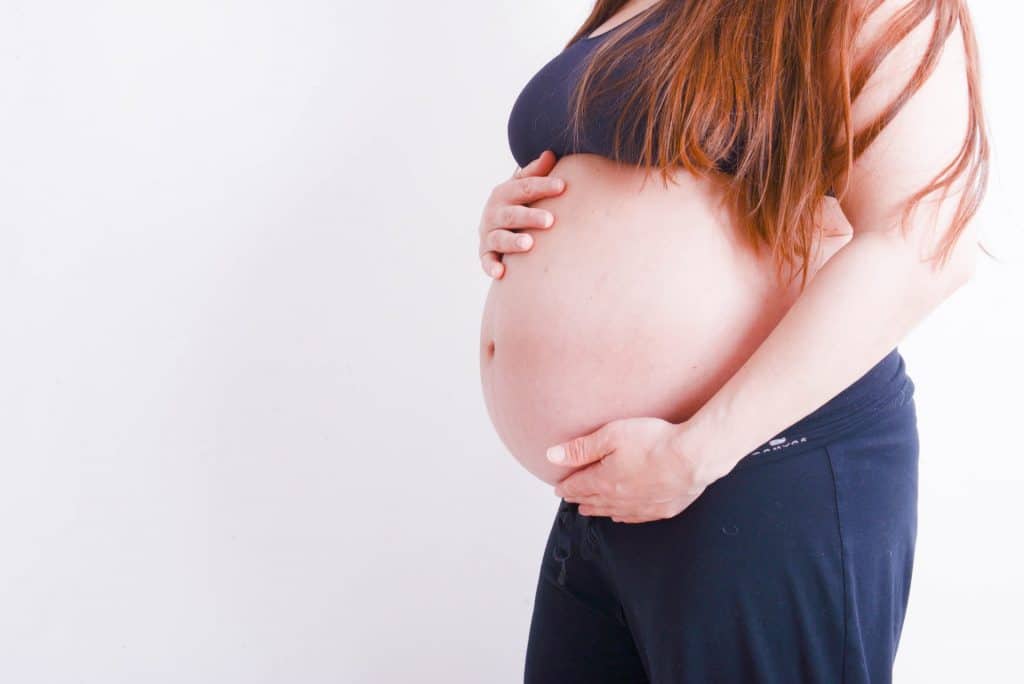
What are risks of using an ovulation test?
The risks of using an ovulation test are minimal. There is the chance that you might not get accurate results because your menstrual cycle was irregular or too short, but other than this there’s no risk to taking these tests.
Ovulation test strips are an effective and cost-effective way to find out when you’re ovulating and help increase the chances of getting pregnant. They are highly accurate when used correctly, but they can still provide inaccurate results.
The chances of ovulating with a regular, predictable menstrual cycle are higher than those with irregular periods or who take medication. If these conditions apply to you, speak to your OB/GYN about what type of test is best for you and how to maximize the accuracy when testing outcomes.

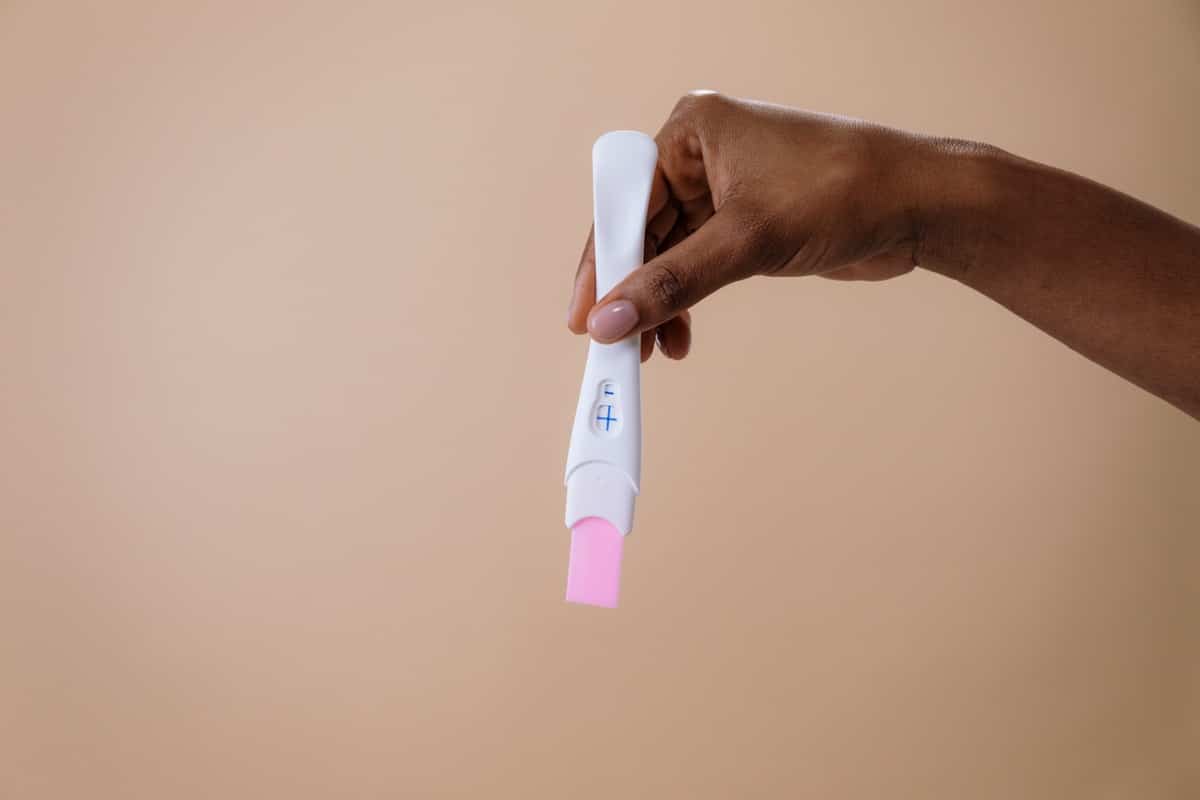

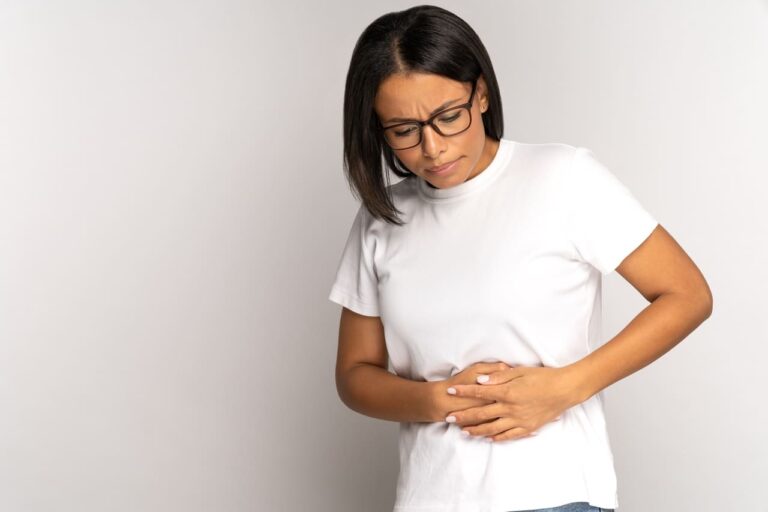
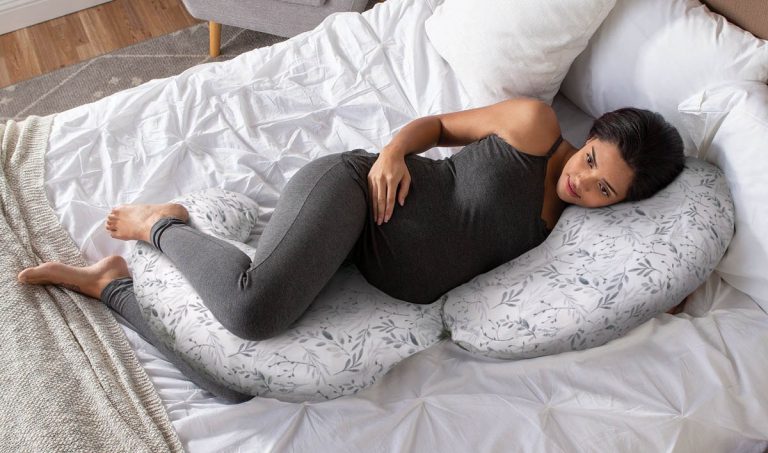
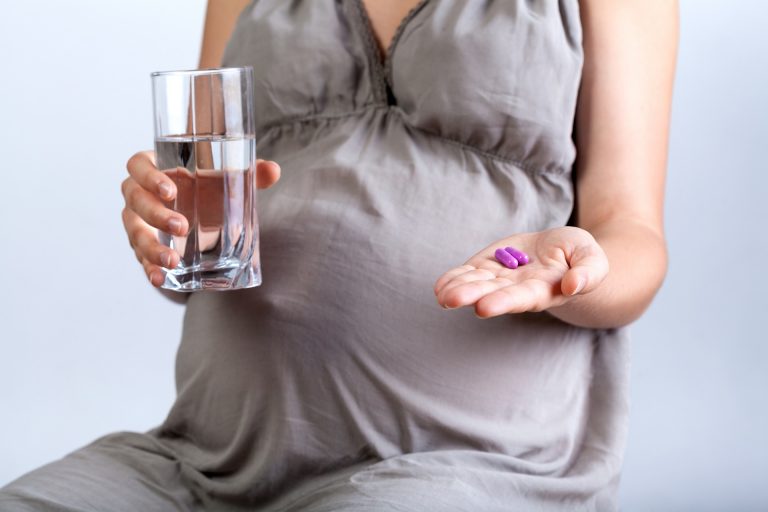




![Home Renovation Guide [2025]](/app/uploads/2021/04/design-hacks-1-378x300.jpg)
